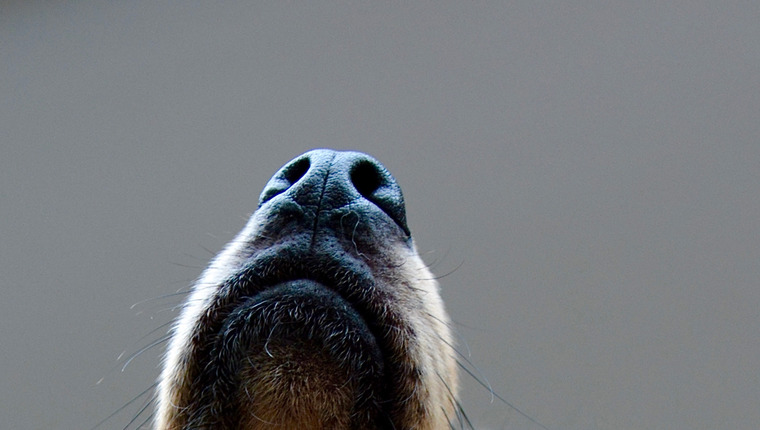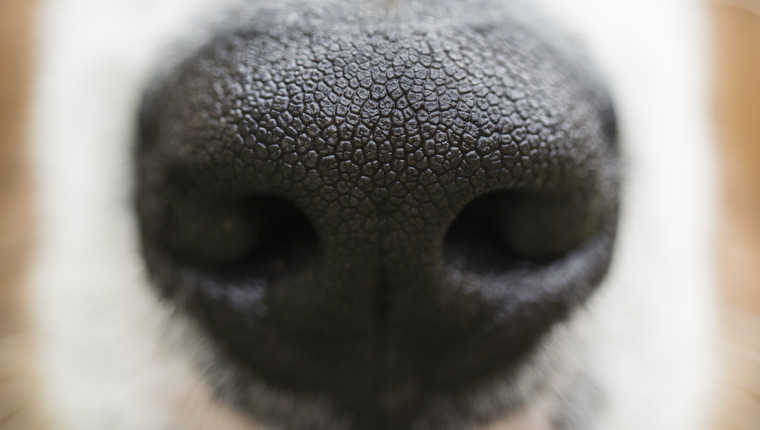
Earlier this month, The University of Pennsylvania announced that researchers there successfully trained detection dogs to spot chronic wasting disease (CWD).
A study published in Prion reported that detection dogs could accurately identify CWD-positive fecal samples from deer. Interestingly, the study was supported by previous research that measured the amount of volatile organic compounds, or VOCs, that diseased feces released. In that previous study, researchers used various qualitative methods to predict how CWD decomposed.
Chronic Wasting Disease Can Devastate Deer Populations
Chronic wasting disease is a prion disease, similar to mad cow disease. In deer, the disease is consistently fatal and highly contagious. Currently, detection can only happen during dissection after the animal has died. With the dogs, however, researchers hope to be able to spot and track infections before death counts add up.
According to PennToday, “The proof-of-concept investigation by School of Veterinary Medicine researchers suggests detection dogs could be an asset” to wildlife workers. Another article by The Wildlife Society echoed that sentiment. In that piece, Amritha Mallikarjun, a postdoctoral researcher at UPenn’s Working Dog Lab, spoke to the Wildlife Society about the study. Also the study’s lead author, she said, “As we move forward and work with dogs that are specifically trained to search in a field setting…they are going to do an even better job”.
Detection Dogs Are Expanding Into New Industries and Applications
Amazingly, this isn’t the first time dogs have sniffed for CWD-laced poop. Previously, Dogtime has written about wildlife workers and Indigenous Blackfoot citizens working together to mitigate CWD within their territory. In that instance, detection dogs searched for animal droppings that accumulated biotoxins linked with CWD.
This is just one incredible example of the range detection dogs have. In Rwanda, scientists used dogs to sniff out COVID. And researchers in Australia and New Zealand found success using dogs to track invasive species. In fact, dogs have such incredible noses, that engineers are building new particle detectors based on the physics of canine snouts.
And not a moment too soon. Coincidentally, while new industries are discovering detection dogs, law enforcement agencies are losing theirs. Across the United States, cannabis legalization is making certain drug dogs obsolete. In Minnesota, one lawmaker’s even trying to keep pot illegal just to save these dogs’ jobs.
Thankfully, detection dogs are having a watershed moment. Surely, they’ll have work for years to come.









